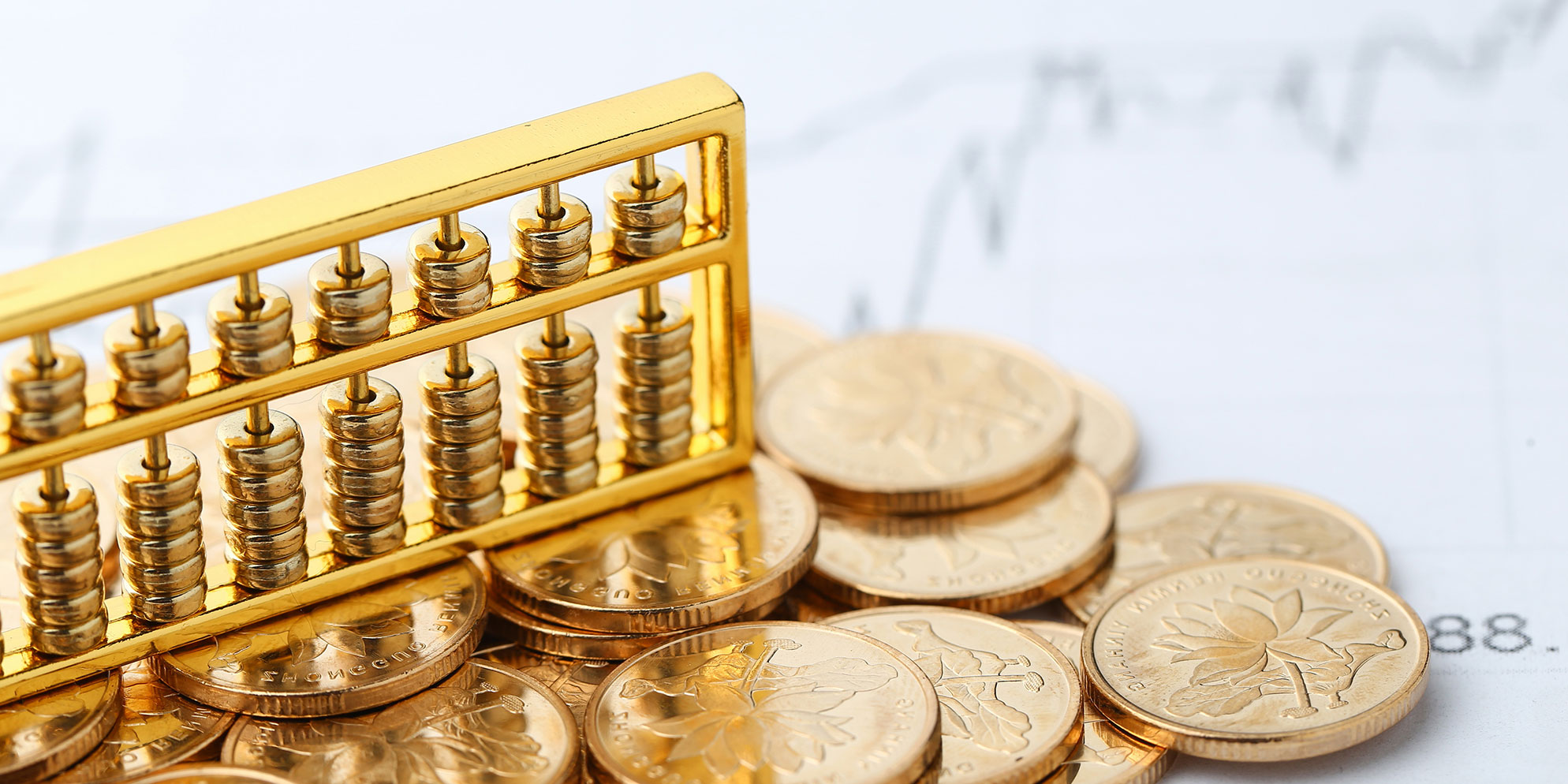There is one debate about gold you really don’t want to get into: the glisters-glitters debate, which is endless.
In The Merchant of Venice, Shakespeare wrote: “All that glisters is not gold — often have you heard that told.” And we have. The idea is that not everything which looks sparkly and inviting is as precious as it seems.
The phrase is often modernised to “all that glitters is not gold”, which is fine, because glisters and glitters mean the same thing. However, for the Shakespeare pedants out there, it’s a gift, because correcting people who say “glitters” and not “glisters” can make you seem more erudite and knowledgeable than you are — and one should never pass up on that!
Either way, gold is glittering at the moment — and there is a debate as to why. It’s recording yet another record price, with spot gold at around $2,516 per ounce. That is pretty awesome.
One of the new markers is that a single gold bar is now worth more than $1-million, which invites the question: Is a million dollars still worth a million dollars? And if not, wouldn’t that be a good reason to buy gold?
The gold price was in a range — a healthy range — between 2020 and the start of the year … and then it just took off. Why?
Not dissimilar to the glisters-glitters debate, the reasons are complex and debated. When someone says “the reasons are complex”, it’s a sure bet they have absolutely no idea.
There are two main schools of thought, in my simplistic view: the first is that the gold price reflects big-market asset allocations — the chances that interest rates are on their way down or, to put it another way, that inflation is cooling. The gold price and interest rates have an inverse relationship: declines in the interest rate reduce the return differential. If you invest in a bond, you typically earn interest, but if you invest in gold, you don’t. However, if interest rates decline, then the advantage that bonds have over gold declines.
The idea that gold increases in value when the dollar declines — which it generally does — falls into the same category of macro market asset allocation. Because gold is denominated in dollars, a decline in the value of the dollar means you need more dollars to buy the same amount of gold.
The second class of issues is questions about international stability and security. The value of gold increases when people are nervous about all kinds of stuff. In theory, at the moment, there is plenty to be worried about, especially in the countries where people are generally nervous and buy a lot of gold: India and China.
Writing in the Financial Times, John Gapper quotes the World Gold Council’s market strategist John Reade saying: “When bad things happen, gold comes into its own.”
Chinese retail investors are worried about their property crisis, hedge funds are hedging (they would) and buying gold, and Russians want it for obvious reasons. Many gold bugs, particularly in the US, buy gold because around the world government debt is out of hand and, longer term, that could come home to roost.
The problem with these arguments is that while they may be true in general, are they more true now than they were, say, six months ago? My impression is that over the past six months, a range of global risks has improved and those that did not haven’t become meaningfully worse. The bitcoin price, also supposedly a measure of international nerves, has not increased much for most of this year — but it did explode early in the year, so maybe it’s just taking a breather. It’s all a bit vague, or complex, even.
Allow me to throw one more variable into the mix: gold companies. You would think if the gold price were to increase by, say, 73% over five years, the value of gold companies would increase by roughly 73% over five years. But they have not. The world’s largest gold miner, Newmont, is up by about 30% over five years (like most of the other large players); the second-largest gold company, Barrick, is up by an embarrassing 8%.
The common explanation for this is that the costs of gold-mining have increased. For most gold companies, margins have been static, so cost increases have been more or less in line with the increase in the gold price. Gold companies have also been using the opportunity of a higher price to get their debt under control, so investors have been sidelined for the time being. But that will surely change in the near-ish future.
In some ways, it’s more edifying arguing the glisters-glitters debate than it is arguing the gold price debate. I’m just glad for the relief the price brings to the small band of enduring SA gold companies; they, of all companies around the world, deserve a break. DM




 (Image: Freepik)
(Image: Freepik)